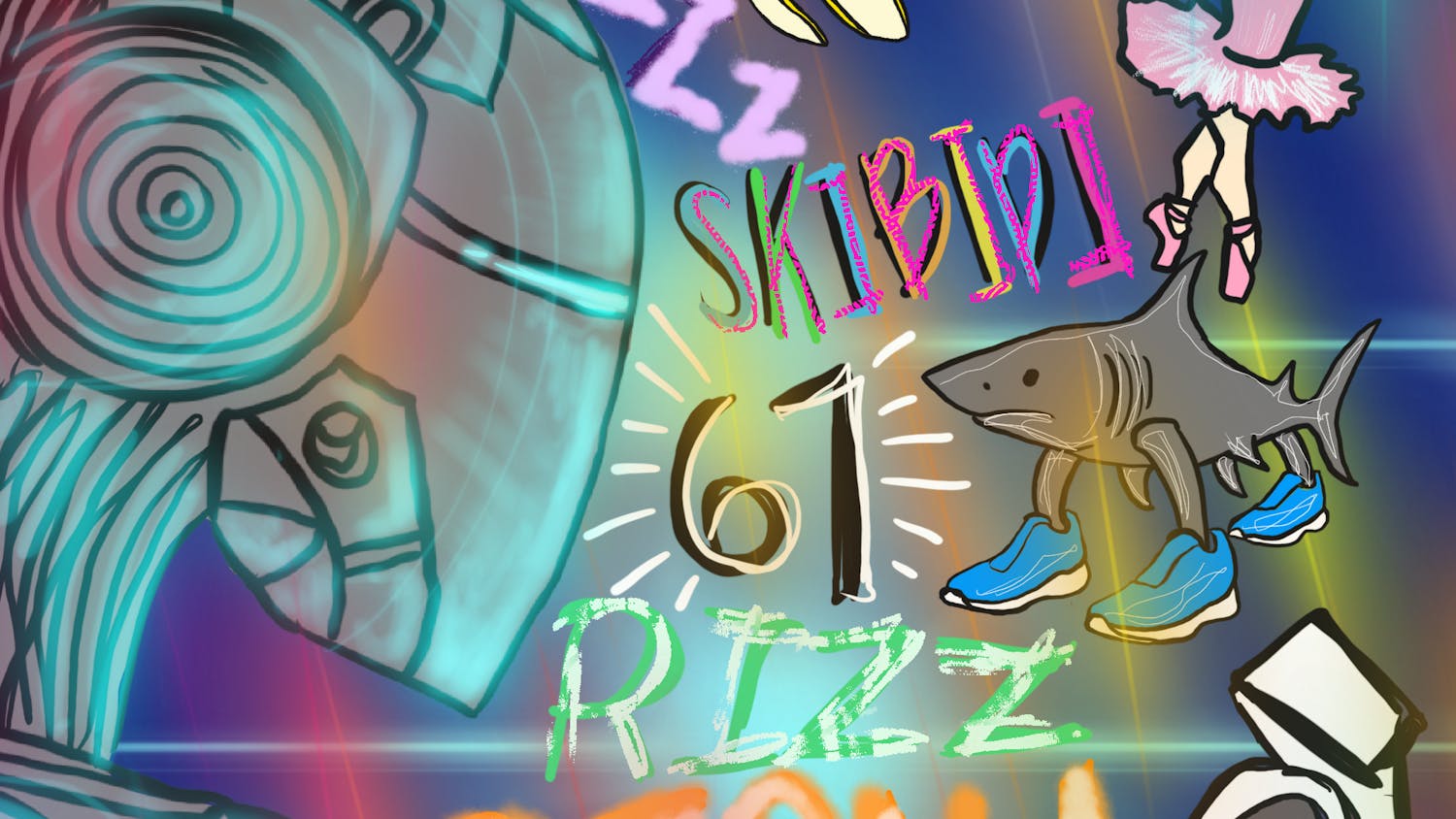Last Thursday, social media blew up with an image of a simple striped dress. Group chats, Facebook timelines, Twitter feeds, tumblr blogs, BuzzFeed and more were littered with posts about the now infamous dress that sometimes appeared to be blue and black and at other times appeared to be gold and white. In fact, the image was being viewed nearly everywhere around the world, with numerous theories being forged as to why people saw the colors differently. It soon became such an obsession that BuzzFeed went so far as to search for the actual dress in online stores to find out which side was right.
Although it turned out that the dress was actually blue and black, and the controversy was simply due to the lighting in the picture and how it is perceived by each person (no, you aren’t less intelligent if you see white and gold, no matter what the blue-black zealots would have you believe), the amount of attention #TheDress got was quite shocking. Not only was the fact that #TheDress went viral on social media a phenomenon, but the massive extent to which #TheDress was covered by major news sources was equally odd. Sources such as the BBC and The Huffington Post, who usually devote their precious coverage to more pressing issues than something as trivial as a tricky image, devoted headline space and pages upon pages to this garment.
The real stance to be taken on the whole dress situation is not whether it was blue and black or gold and white, but rather why it was given so much coverage. While it is natural for social media to be involved with such things, we must ask: Should major news sources be reporting on matters that have thus far been confined only to Facebook, Twitter and BuzzFeed? With the massive amount of influence that social media has on us all, it makes sense that when something goes viral it becomes a part of conversation for the next few days, but does that make the traditional news obligated to comment on it?
#TheDress incident is only one of many that raises questions about the future and validity of an evolving media that often makes questionable choices on what they choose to publish. Just last year, CNN received backlash after choosing to put Miley Cyrus on their front page, instead of devoting that space to coverage of what many believe to be more critical issues such as war, famine, poverty or scientific innovations.
On the other hand, resorting to something that is being discussed heavily on social media and in conversation also serves to make news sources seem less daunting and more accessible to the general public. “The news” often has depressing connotations to it, so it can be a good thing for agencies to choose to lighten things up once in a while. No one can deny, #TheDress was certainly a lighthearted diversion. Increasing the viewership can lead to a more elevated social consciousness on what the real news is. If that means devoting airtime or page space to an article of clothing every once in a while, so be it.
All in all, the media industry is undergoing an era of change. The roles of different vessels of news delivery must be assessed to ensure the public is exposed to information, and it is important that BuzzFeed isn’t the only thing in our news feed. We need to recognize the line between engaging with social media and losing the mandate of traditional media — reporting the news, no matter how hard it may be to swallow.
More from The Tufts Daily




